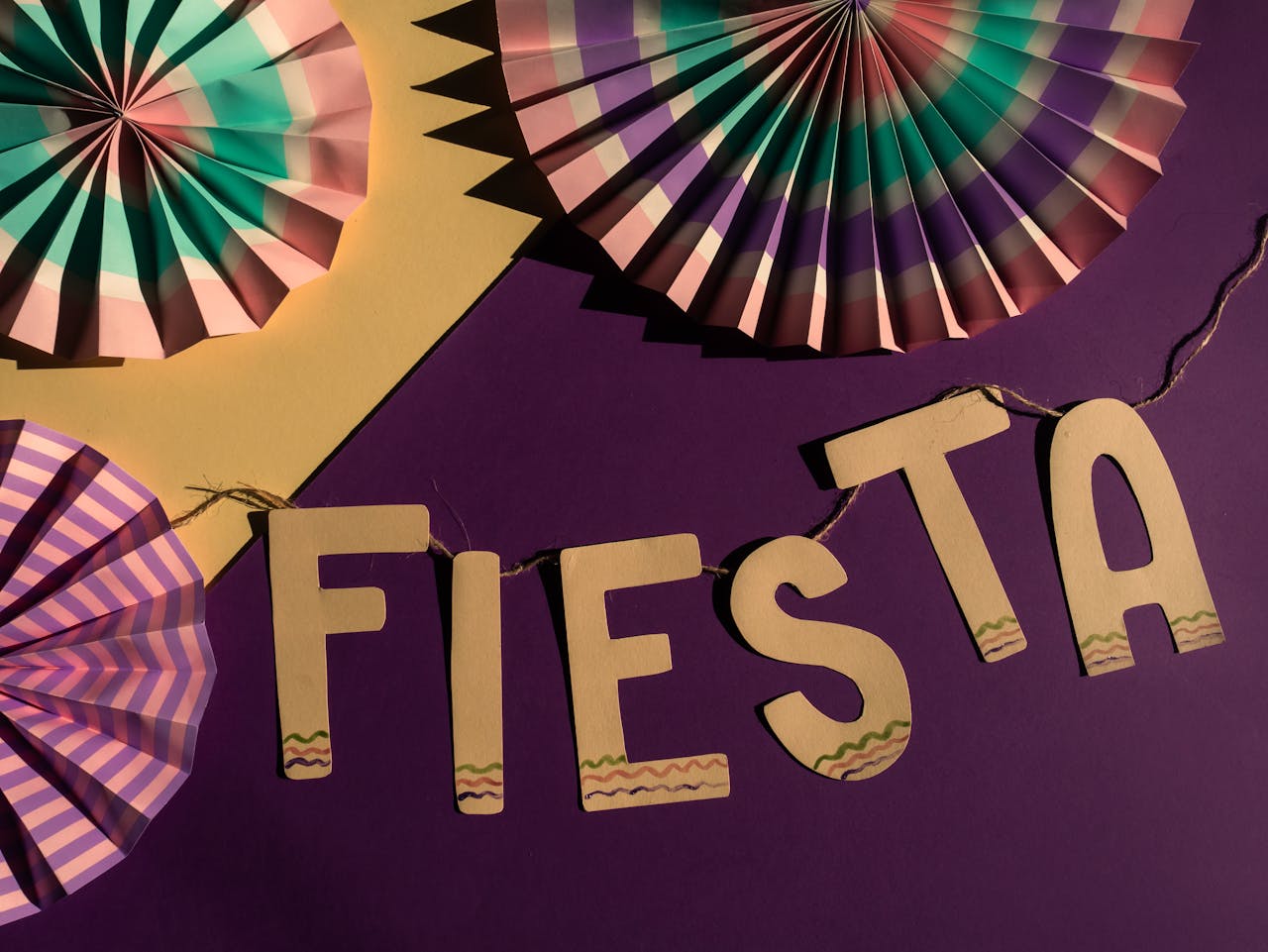The vibrant culture of the Philippines is beautifully encapsulated in its fiesta celebrations. These events are not just a feast for the senses but are also steeped in history, tradition, and a sense of community. This blog post aims to provide you with a serious and informative overview of Filipino fiestas and how one can handle the festivities, whether you are a local or a visitor.
What is a Fiesta?
Fiesta is a Spanish term meaning festival, and in the Philippine context, it refers to a vibrant celebration held in honor of a patron saint, historical event, or significant local achievement. Each region, and even each town, may hold its unique fiesta traditions that reflect local customs, beliefs, and the agricultural calendar. Fiestas are characterized by colorful parades, traditional dances, street food, music, and numerous gatherings among families and friends.
The Role of Community
Fiestas are a time for communal bonding, where families prepare for months to welcome guests. It’s common for locals to open their homes to friends, family, and visitors, reflecting the underlying Filipino values of hospitality and generosity. Expect to see lively gatherings complete with dances, music, and of course, an array of delicious Filipino dishes.
Key Components of a Fiesta
1. **Religious Ceremonies**: Often, the fiesta is rooted in religious observance with masses and prayers to honor the patron saint. Participating in these rituals respectfully is an integral part of the celebration.
2. **Street Processions**: These vibrant parades showcase beautifully adorned floats, and participants often wear traditional attire. Observing these events respectfully can enhance your understanding of the local culture.
3. **Food Festivals**: Food is at the heart of every fiesta. From lechon (roasted pig) to various local delicacies, the celebration offers a feast. Don’t hesitate to try new dishes, but be mindful of dietary restrictions or allergies. Asking about ingredients can pave the way for safe dining experiences.
4. **Cultural Presentations**: Expect traditional dances and music that tell stories of the local heritage. Participating or even watching respectfully promotes appreciation for the culture.
How to Handle a Fiesta Celebration
1. **Be Respectful**: Understand the significance of the event. While fun is a big part of fiestas, it’s essential to respect local customs and traditions.
2. **Engage with the Community**: Strike up conversations with locals. They often appreciate enthusiastic visitors, and engaging with them can provide deeper insights into the fiesta’s significance.
3. **Plan Ahead**: If you’re traveling for a fiesta, book accommodations and travel arrangements early as these events can attract large crowds. Knowing the schedule of events helps you plan your days.
4. **Cultural Sensitivity**: Understand that while festivals are celebratory, they also often have spiritual roots. Respect the religious elements, and participate thoughtfully.
5. **Enjoy Responsibly**: Enjoy the food, music, and festivities, but always prioritize safety. Stay hydrated, especially if you’re sampling various street foods.
Conclusion
Participating in a Filipino fiesta is a unique opportunity to engage with rich cultural traditions and connect with the community. By respecting local customs and understanding the significance of the festivities, you can have a memorable experience while celebrating the spirit of the Filipino people. Whether you’re a local taking part in a time-honored tradition or a visitor experiencing it for the first time, remember that each fiesta is a reflection of the community’s pride and resilience. Embrace the joy, community, and warmth that these celebrations bring — it’s an experience you won’t forget.
For further inquiries or to learn more about specific fiestas happening in your area, feel free to contact [item]. Let’s celebrate and embrace this beautiful tradition together!


Leave a Reply